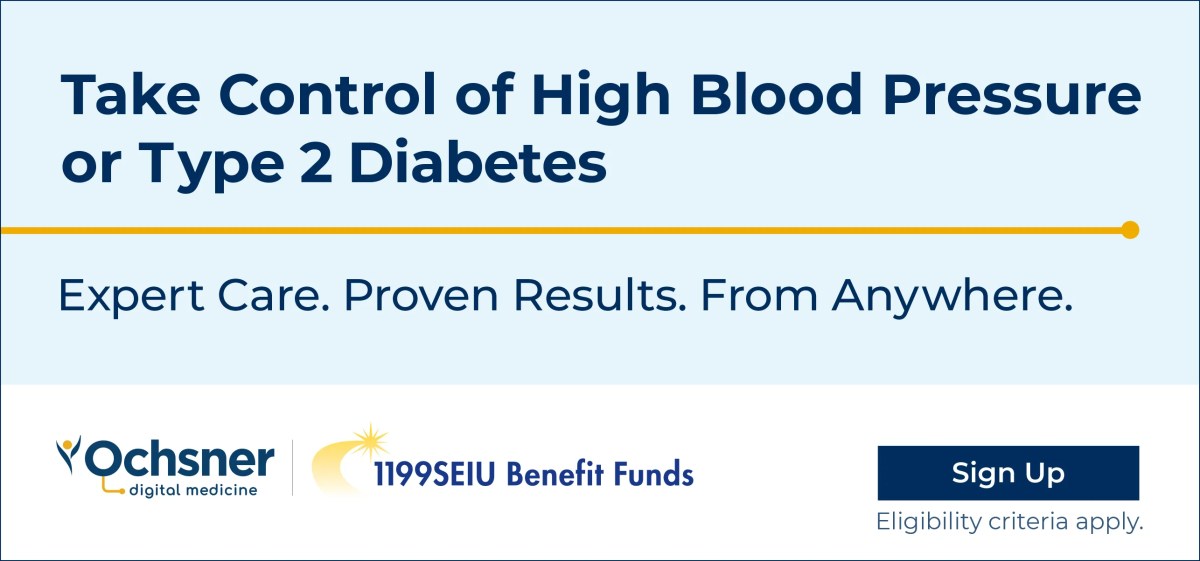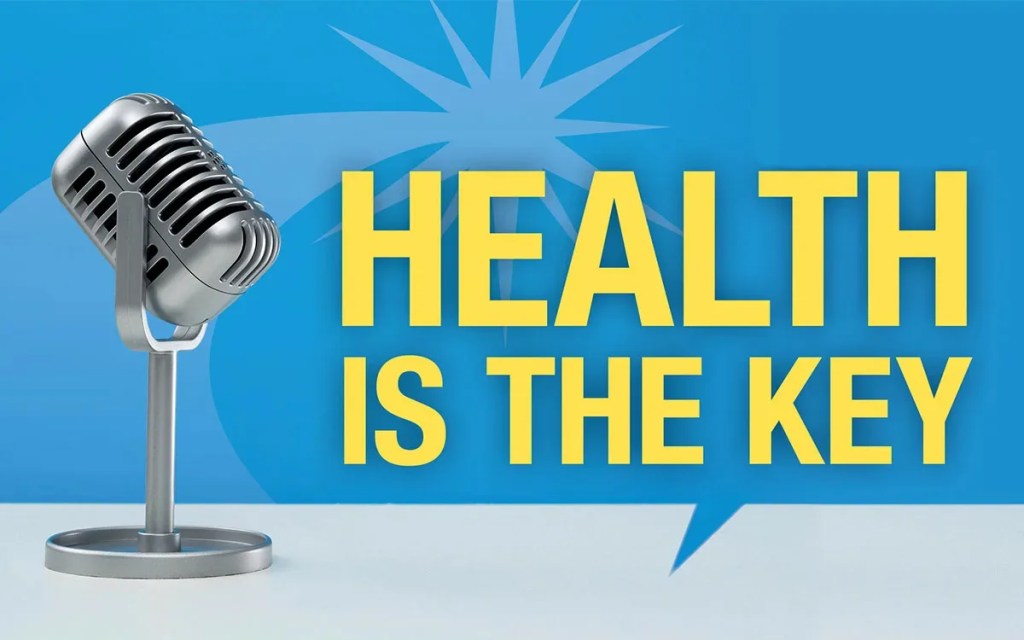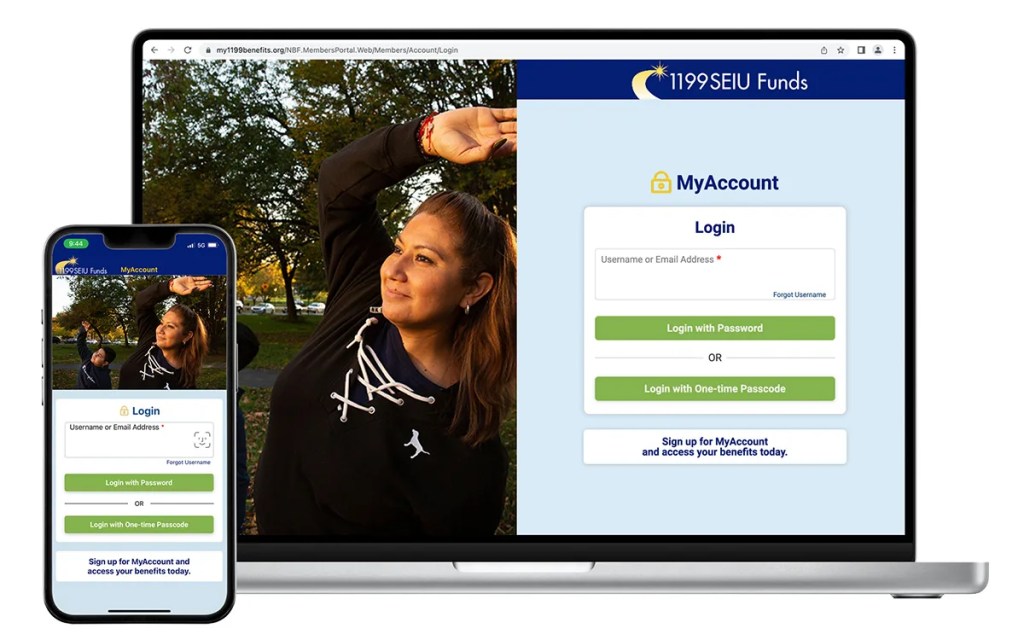Do you know your numbers?
Don’t worry, there won’t be a test later. Getting a full picture of your health by seeing where you stand puts you in charge and allows you to change course if any problems come up. So what numbers are we talking about? Blood pressure, blood sugar, Body Mass Index (BMI) and cholesterol can be helpful indicators of overall health. Take a look at the breakdown below for more information on key numbers to know and guidance on getting screened.

Healthy blood pressure is around 120/80
Systolic pressure is the top number, when the heart beats, and diastolic pressure is the bottom number, when the heart rests. High blood pressure, or hypertension, is the leading cause of heart disease and stroke, but lifestyle changes can lower your blood pressure and reverse your risk of complications.
What if it’s high? Upping your exercise routine and changing your eating habits, along with medication (in some cases), can help get you back on track.
A healthy A1C level is less than 5.7%
An A1C (hemoglobin A1C) test measures average blood sugar levels over two to three months. An A1C level of less than 5.7% is normal; 5.7% to 6.4% is diagnosed as prediabetes and 6.5% or higher is considered Type 2 diabetes.
What if it’s high? If your fasting blood test is high, your doctor will discuss the results with you and may recommend additional testing.
A healthy BMI is between 18.6 and 24.9
Your Body Mass Index (BMI) is calculated based on your height and weight. BMI = [weight (lbs) ÷ (height (in)2] × 703. Please visit our Healthy Hearts page to calculate your BMI.
What if it’s high? Your doctor may consider other risk factors, such as high cholesterol or high blood sugar, and discuss lifestyle changes you can make to lose weight.
Healthy total cholesterol is less than 200
High cholesterol has no symptoms, but lowering your cholesterol reduces your risk of coronary heart disease, heart attack and stroke.
What if it’s high? You can reduce or even reverse some of its effects by making lifestyle changes, like decreasing your intake of saturated fat and trans fat and becoming more physically active.
So, what happens now?
There are ways to monitor these numbers at home, but the most accurate way to know your numbers is by making an appointment for a checkup with your doctor. The good news is that even if your numbers are high, you can likely treat and reverse conditions that may come up. So get a clear view of where you stand and map a better path to health by knowing your numbers and making choices that support lifelong wellness. For more information, visit our Healthy Living Resource Center.































